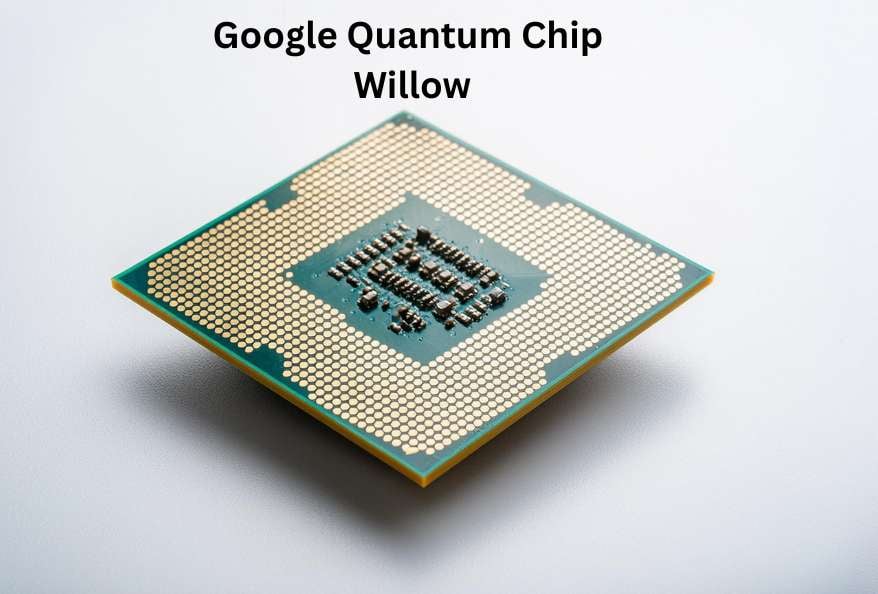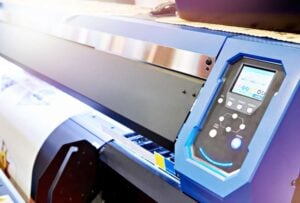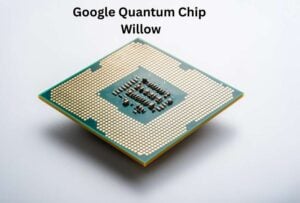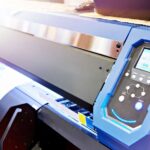Quantum Echoes: Google’s Willow Chip Achieves First Verifiable Quantum Advantage
Understanding Quantum Advantage with Willow Chip
Scientists at Google Quantum AI have made an extraordinary breakthrough using their Willow quantum chip. This new chip has successfully run the first-ever verifiable quantum algorithm, showing a clear advantage over today’s fastest classical supercomputers. The algorithm, called Quantum Echoes, ran 13,000 times faster on the Willow chip than on traditional supercomputers. This advancement represents a monumental leap forward in the field of quantum computing, bringing us closer to practical applications that can change many scientific fields. Interestingly, this achievement highlights the true potential of Google Willow Chip technology in revolutionizing computational speed.
The Quantum Echoes Algorithm Explained
The Quantum Echoes approach works like an echo in sound technology. Scientists send a specific signal through the quantum system’s qubits (the tiny units of quantum computers), then perturb or disturb one qubit and reverse the signal’s path. Listening to the returning echo reveals detailed information about how disturbances spread across the system, showcasing the usage of the Google Willow Quantum Chip.
This method allows for extremely sensitive measurements due to a phenomenon called constructive interference, which strengthens the returning signals. Importantly, this algorithm is repeatable and verifiable on similar quantum hardware, making it reliable and precise.
Willow Chip’s Powerful Hardware Advances
The success of the Quantum Echoes algorithm relies heavily on the hardware capabilities of Google’s Willow chip. Last year, Willow showed top performance with its Random Circuit Sampling test designed to push quantum complexity limits. Now, it not only handles complex tasks but does so with remarkable precision — a critical step toward real-world usability. Indeed, the advancements attributed to the Google Willow Chip set new benchmarks in the quantum field.
Real-World Impact: Modeling Molecules Like Never Before
This quantum technology leap isn’t just theoretical; it has real-world implications especially in understanding molecules’ structures. The Quantum Echoes technique was tested in partnership with researchers from University of California, Berkeley and applied to study molecules consisting of 15 and 28 atoms. The Google Willow Chip played a pivotal role in advancing our understanding during these experiments.
A Molecular Ruler Beyond Traditional Limits
The experiment involved using data from Nuclear Magnetic Resonance (NMR), which works similarly to MRI scans used in hospitals but for chemicals instead of humans. The new method acts like a molecular ruler, measuring distances within molecules more accurately than current methods allow. By offering insights beyond what typical NMR can provide, this approach could revolutionize fields such as drug discovery and material science, thanks in part to the precision of the Willow Chip technology.
Towards Instruments That See Hidden Details
This progress moves us closer to developing what might be described as a ‘quantum scope’ — an instrument capable of revealing atomic-level details traditionally invisible to other tools. Such advancements are crucial for creating better medicines by understanding their molecular interactions or designing advanced materials used in technology development. With the backing of Google Willow Chip innovations, these advances are becoming increasingly feasible.
The Road Ahead: Scaling Up for Future Applications
The achievement with Quantum Echoes marks just one milestone on Google’s extensive roadmap toward fully error-corrected, scalable quantum computers. The next big goal is reaching long-lived logical qubits that maintain stable calculations over extended time frames. Much of the anticipation circles around how the Google Willow Chip will spearhead these developments.
This progress opens doors for more applications where quantum computers will outperform classical ones not only in speed but also in solving complex problems related to chemistry, physics, biology, and new technology design.
Additionally, to stay updated with the latest developments in STEM research, visit ENTECH Online. Basically, this is our digital magazine for science, technology, engineering, and mathematics. Further, at ENTECH Online, you’ll find a wealth of information.






